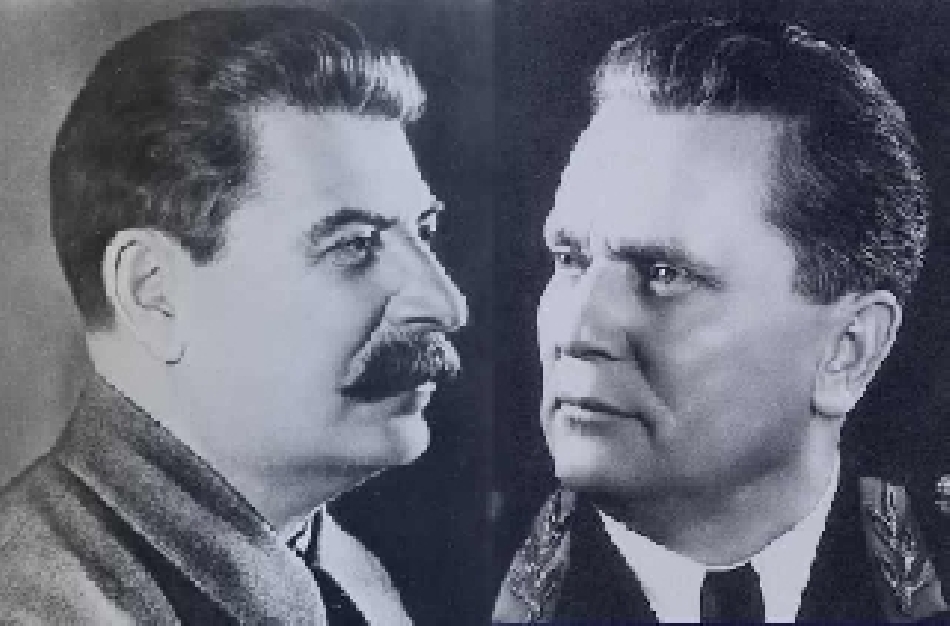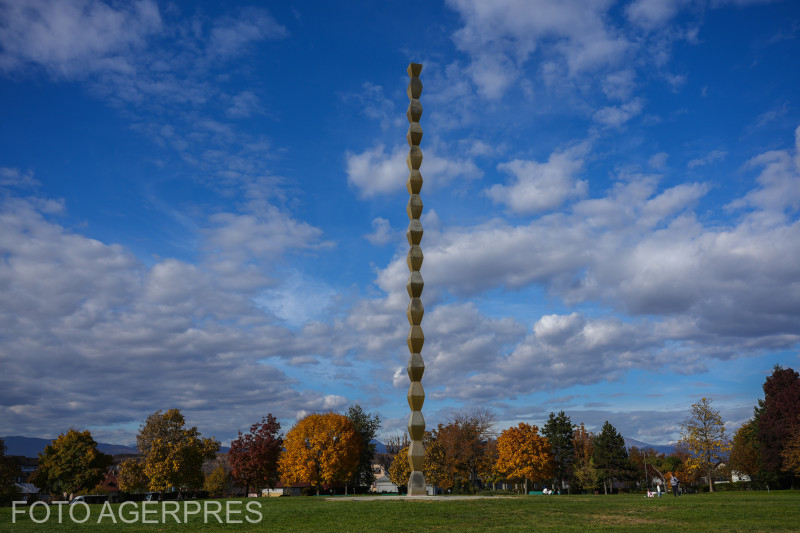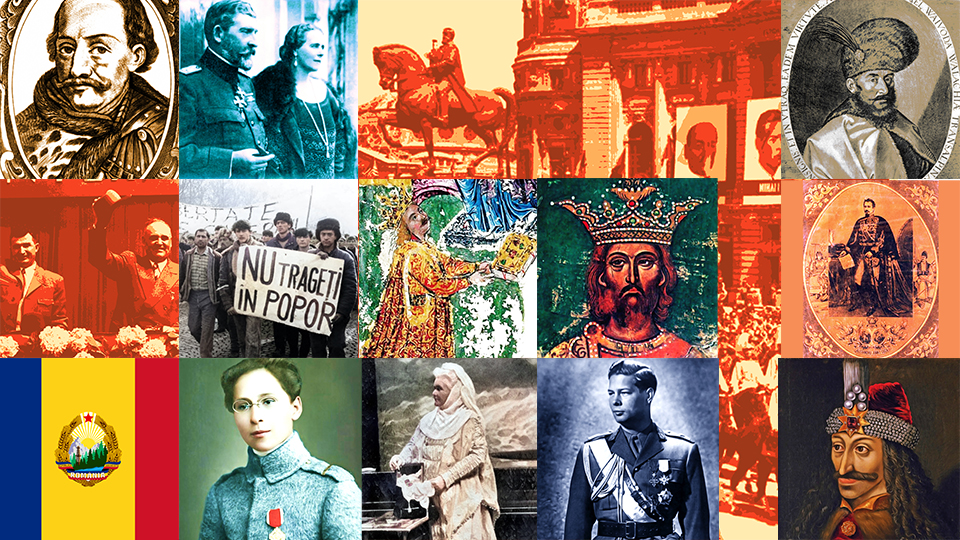Myths of Romanian Communism: Eugen Alimanescu
Police officer Eugen Alimanescu was extolled by the communist regime as an incorruptible man, a man who enforced the law. In reality, far from being a hero, Eugen Alimanescu was an instrument of the regime of terror

România Internațional, 06.11.2017, 14:53
Police officer Eugen Alimanescu was extolled by the communist regime as an incorruptible man, a man who enforced the law. In reality, far from being a hero, Eugen Alimanescu was an instrument of the regime of terror, in the authorities’ attempt to take over society starting in the mid-1940s.
Alimanescus mythical image was that of a man fighting for justice, with determination and dedication, illustrating the social fairness of the newly instated communist regime.
Historian Dumitru Lacatusu with the Center for Historical Consultancy has shed light on the Alimanescu case: “Eugen Alimanescu is an extremely controversial character, who is unfortunately presented as a hero of Romanian Police. When the Militia was set up (as the communists called the Police), Alimanescu was appointed head of the Gangs Squad of the Judicial Directorate of the Militia, led by Alexandru Ioanid, who took part in the 1959 State Bank robbery. He was brother in law to Draghici, head of state security. Alimanescu was an accountant, fought in WWII, and after 1945 he associated with the communists and became a part of the detective corps. Bucharest, as any city after the war, was being swept by a wave of crime. Teohari Georgescu, Minister of the Interior, had the idea of creating a special unit called the Lightning Brigade, led by Alimanescu. His team acted with particular cruelty. When they caught criminals, they did not arrest them, or take them to get interrogated; they killed them on the spot, under various pretenses. The most widely used was that of attempting to flee arrest. Such cases were widely covered by the press, creating his image as a hero.”
Yet the truth about the communist hero was completely different from what the propaganda said. Dumitru Lacatusu: “It’s just that in the same period of time, Alimanescu, apart from weeding out criminals, just like the communists used to say, was developing yet another side of his personality. Part of the goods that were found on the thieves or looters shot dead by the militiamen was seized by them. That’s how Alimanescu got to have a many-storied villa in Bucharest. Apart from the fact that he was a cold-blooded murderer, Alimanescu was a corrupt policeman. There are documents, including his surveillance file of 1945, showing that Alimanescu, apart from killing some thieves and seizing some of the stolen goods, used to go to all sorts of parties. According to documents, at one of the parties, he drank so much that he went out into the street and started shooting at random. A stray bullet killed a child who happened to be in the street. Another day, the same documents say, he was traveling to Timisoara by train. A conflict with another passenger flared up, Alimanescu took out his gun and shot him.”
Because he was so tough, the regime also used Alimanescu in its fight against the anti-communist partisans. Historian Dumitru Lacatusu: ”When we speak about the reprisal of the partisans in the mountains, we usually speak about the Securitate alone. Yet an equally important role was played by the Militia. And the Gangs Squad was exactly what it was doing. In effect, commissary Alimanescu was an envoy of crime. He and his boys in the Gangs Squad traveled across the country, trying to discover the ‘bandits’, as the communists called the anti-communist fighters. And when they found them, they tortured and shot them. There is a documented case, about Alimanescu and his squad who were in Arges. What they did there was harrowing even for the local head of the Securitate. In order to discover the partisans, Alimanescu seized the daughter of one of the fugitives, he started beating her, asking her, ‘Lassie, where are your old man and your bro?’. The girl refused to speak, she was a teenager of about 14 or 15, he took some gasoline, poured it all over her and set her ablaze. There is also a report compiled by the Securitate, documenting Alimanescu’s murders. According to the Securitate report, Alimanescu used to beat not only the enemies of the regime, but also the Securitate informers. Wherever he went and found supporters of the resistance movement, he had them suspended on a beam, he hanged them and raped the women.”
The regime eventually got rid of Alimanescu as his actions started doing the party a disservice, as Dumitru Lacatusu explains: “He was arrested in 1951 for having become incontrollable, following a meeting at the Interior Ministry’s General Political Directorate, which he was asked to attend. In keeping with the typical discourse of that time, he was presented at the meeting as ‘a class enemy who had infiltrated the party’. He was sent to a labor camp and he went missing. It is little known about his late years. What’s certain is that he was still alive in 1954 as he wrote several statements and was investigated in relation to Teohari Georgescu, as a former member of his entourage. Also, he gave information on how detainees in the infamous death trains had been murdered. In 1949 a number of anti-communist partisans were killed, in spite of the fact that the communist courts had not officially sentenced any of them to death. So this is the story of Alimanescu, apparently a hero of the Romanian police but a merciless criminal in reality, who murdered common criminals and political prisoners alike. And there is something else that needs to be said. Everybody in Romania knows the films with sergeant Moldovan. Alimanescu was one of the sources of inspiration for this character together with the uncle of film director Sergiu Nicolaescu.”
Eugen Alimanescu is another example of the communist propaganda’s strategy to present the truth as a big lie. The archives, however, bring the truth to light.






























